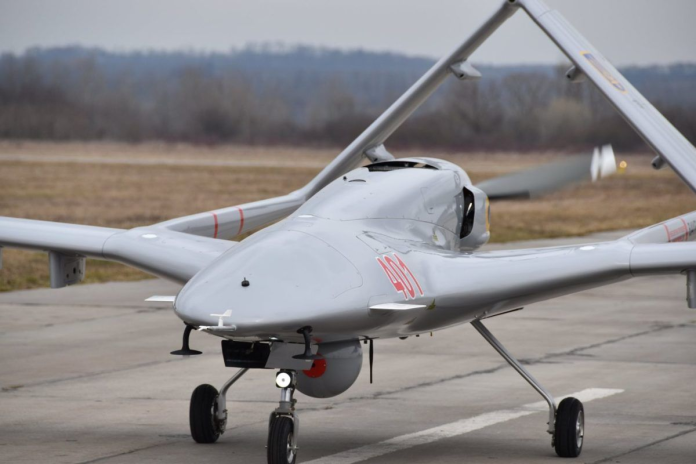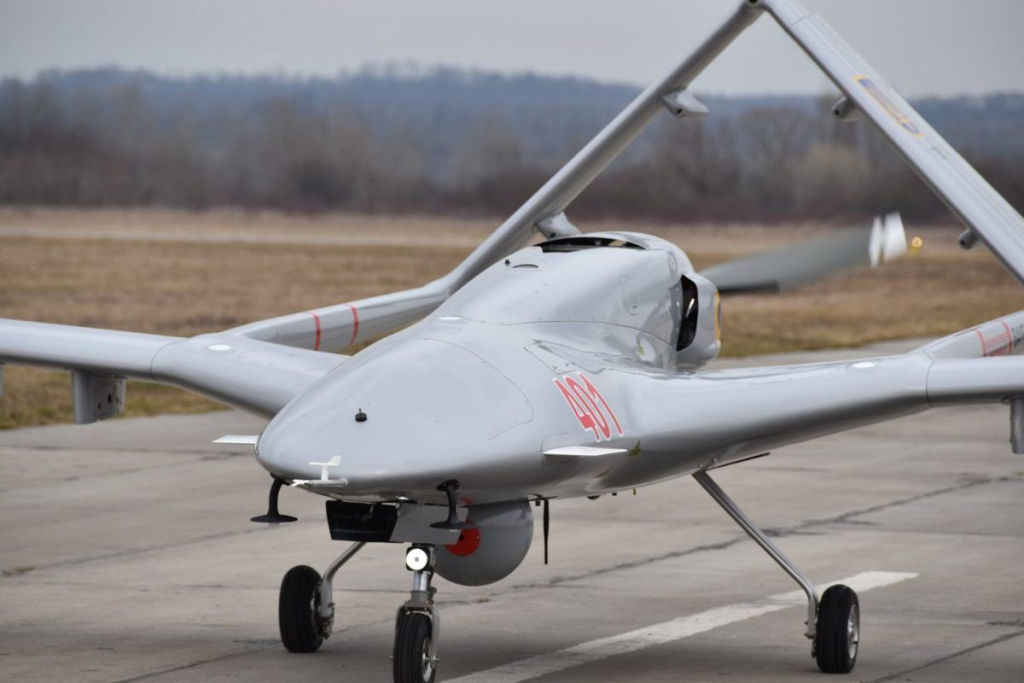
Can an unmanned vehicle win an argued combat space? Ukraine’s recent return of the Bayraktar TB2 to attack missions suggests it may. After months of virtual quiet, the characteristic crosshairs of the Turkish-made drone have reappeared on combat clips, as a calculated return to the Black Sea and Kherson airspace.
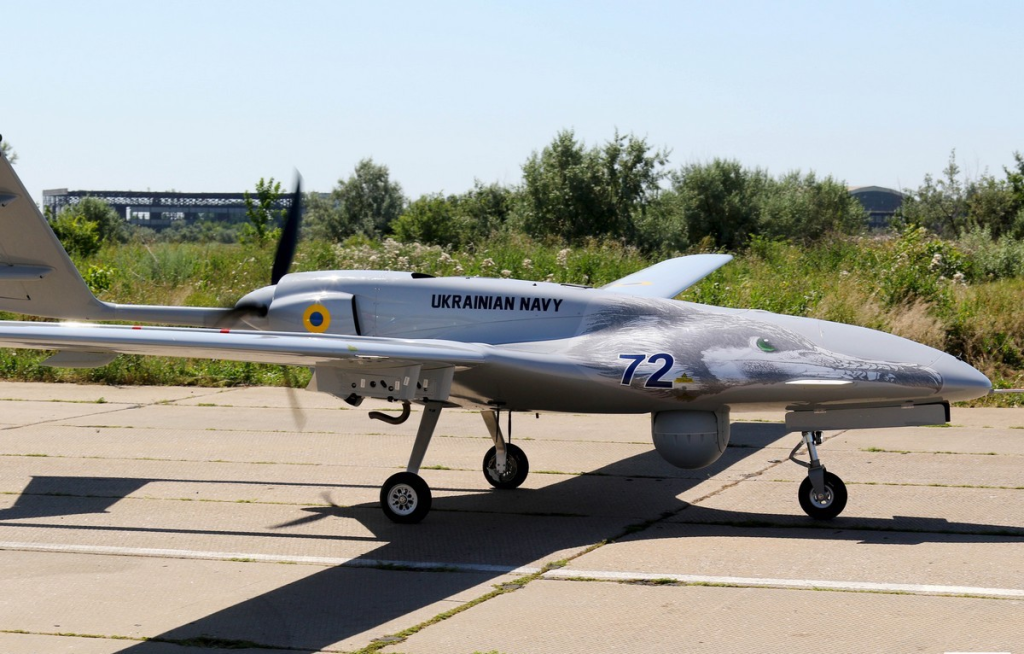
It is occurring amidst a bigger change in the air war component. Having played the role of a symbol of Ukrainian resistance in 2022, the TB2 had been relegated to reconnaissance as Russian air defenses matured. With those defenses now degraded from persistent suppression campaigns, Kyiv is reusing the platform to destroy high-value maritime targets. The implications reach beyond the tactical, offering a glimpse into how unmanned platforms may be cycled into and out of operational roles as the battlefield marches on.
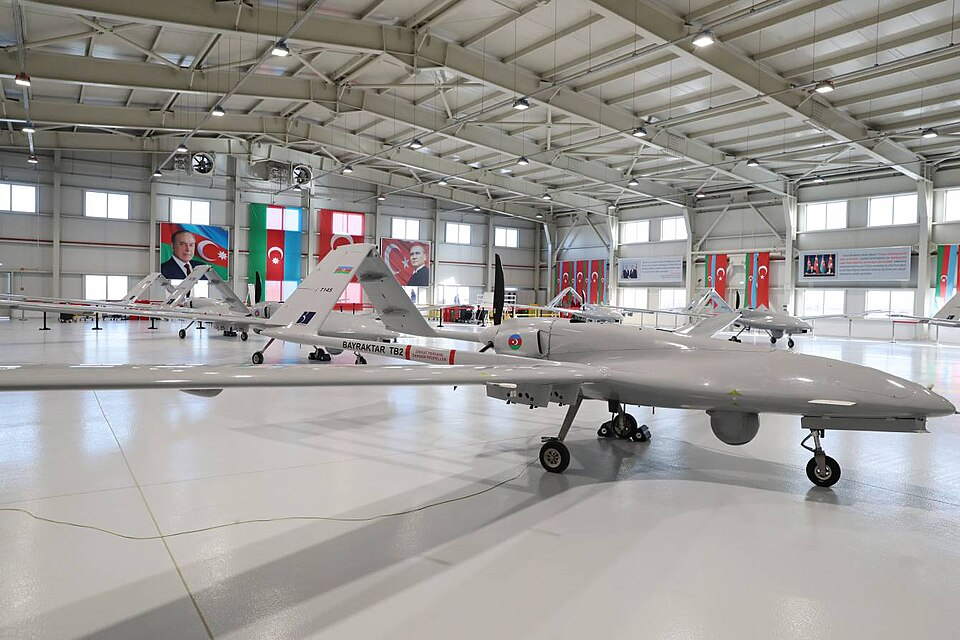
1. The Strike That Signalled the TB2’s Return
On August 20, Ukrainian Defence Intelligence made a statement that a Russian patrol boat off Zaliznyi Port in occupied Kherson had been destroyed. The vessel was hit with a precision-guided air-launched missile, killing its five crewmen, it was stated. Military experts have identified the “distinctive interface” of the released video footage as belonging to a Bayraktar TB2, a detail echoed by Defence Express. This was not a one-off event; a comparable video had appeared in June of a TB2 attack on a Russian landing ship, indicating a deliberate re-activation of the drone’s strike capability.
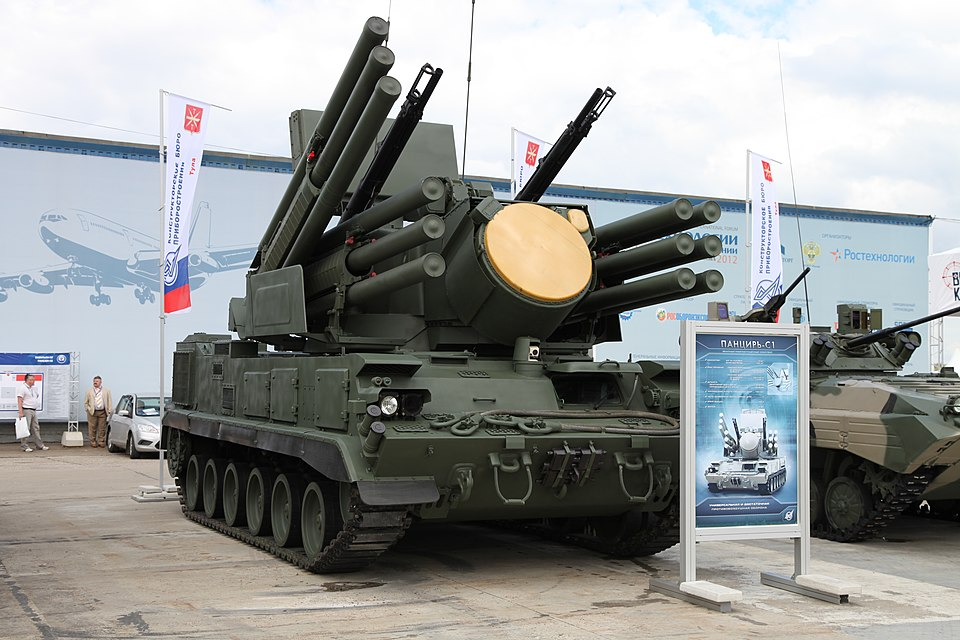
2. Why the TB2 Went Away and Why It’s Back
The TB2’s early success in 2022, halting advancing armoured columns and aiding the recapture of Snake Island, was tempered by Russian countermeasures. Improved electronic warfare and multi-layered air defences, including Pantsir-S1 and Buk systems, exposed the large, slow-flying drone particularly vulnerably. Kyiv had modified the TB2 for reconnaissance and target designation purposes by 2023. Its resumption of combat missions today is a testament to the result of almost constant Ukrainian efforts to eliminate Russian air defences in Crimea and Kherson, building what one Russian milblogger called a “corridor for freer operation.”
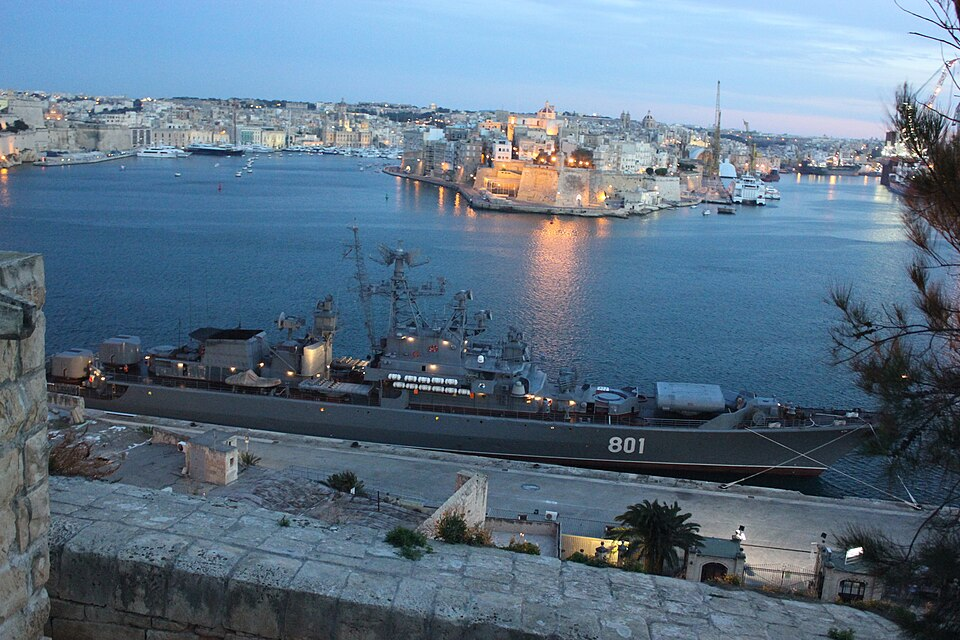
3. Black Sea Front Precision Strikes
The most recent TB2 operations have targeted Russian Black Sea Fleet vessels, including a high-speed vessel attempting to insert airborne troops at the Tendrivska Spit. According to the Ukrainian Navy, the Sept. 3 attack killed seven Russian soldiers and wounded four. The Spit, a narrow strip of held shoreline, is where Russian drone relay stations are located, a strategically critical and frequently hit site. These sea strikes deny freedom of action to Russia and disrupt its littoral activities.
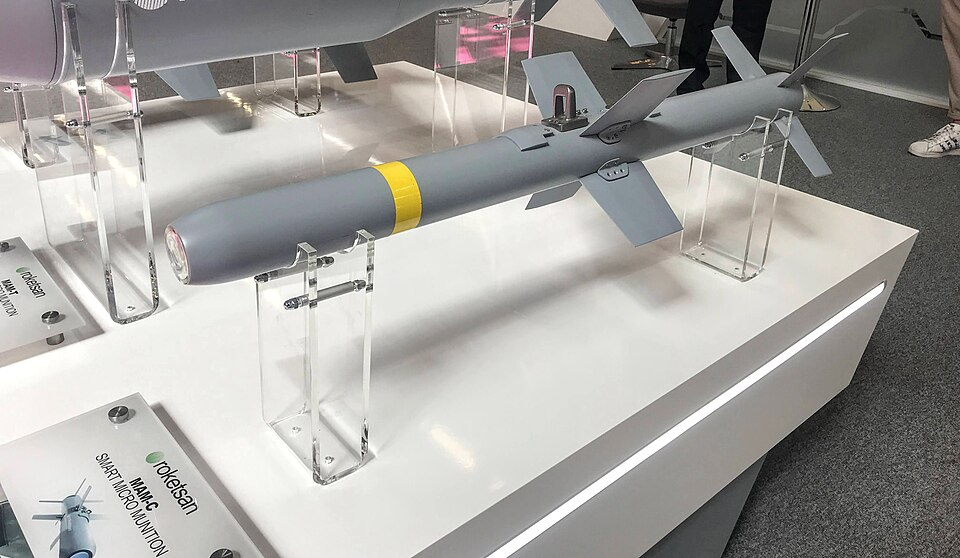
4. The Munitions Behind the Impact
On the August 20 mission, Ukrainian operators reportedly used a MAM-C/L laser-guided missile, launched from the TB2. The light precision munitions allow the drone to strike multiple targets on one mission. Their use is indicative of the TB2’s versatility, surveillance and precision strike while minimising exposure time in enemy airspace. This dual mission capability has been central to the platform’s long survival despite evolving threats.
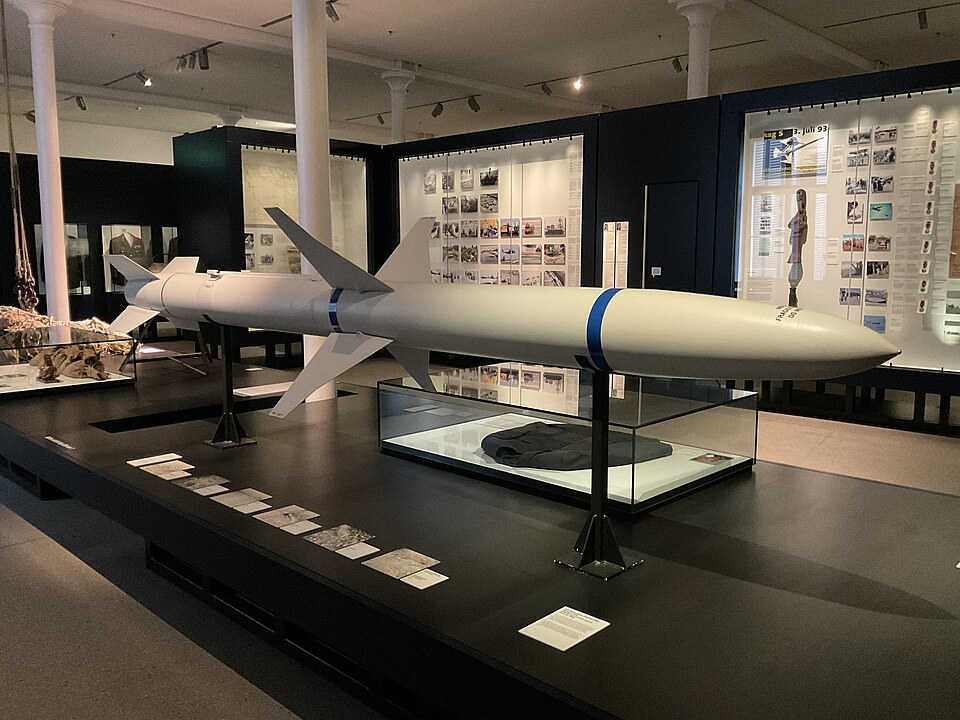
5. Disabling Enemy Air Defences as Enabler
The TB2’s newfound lease on life is a direct result of Ukraine’s ongoing SEAD/DEAD activities. These include fighter-fired AGM-88 HARM missiles, guided glide bombs, and continual unmanned reconnaissance to locate and destroy radar and missile systems. As Naval News noted, Vice Admiral Oleksii Neizhpapa’s public release of TB2 footage “confirms that TB2s are again (or still) operational and that they can target where Russian forces remain weak.” This multifaceted operation has reduced Russia’s situational awareness in southern Ukraine, creating windows for unmanned attack.
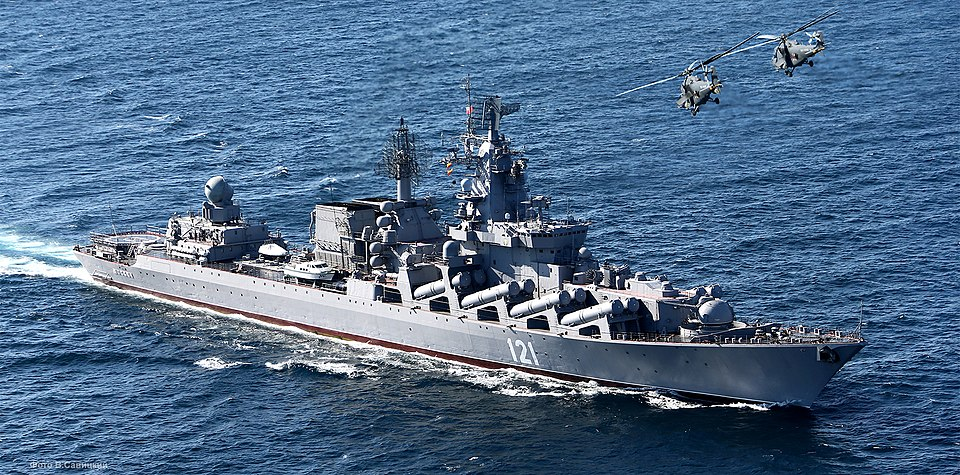
6. Risk Calculus and Strategic Messaging
The TB2 offers a unique advantage: when shot down, no one is lost and no rescue is required. That makes it ideal for risky operations in disputed territory where manned aircraft would be too valuable to jeopardise. Public release of strike video serves two purposes: sharing the narrative of battlefield triumph and a message to domestic and international audiences that Ukraine still has precision strike capabilities against Russian maritime targets.
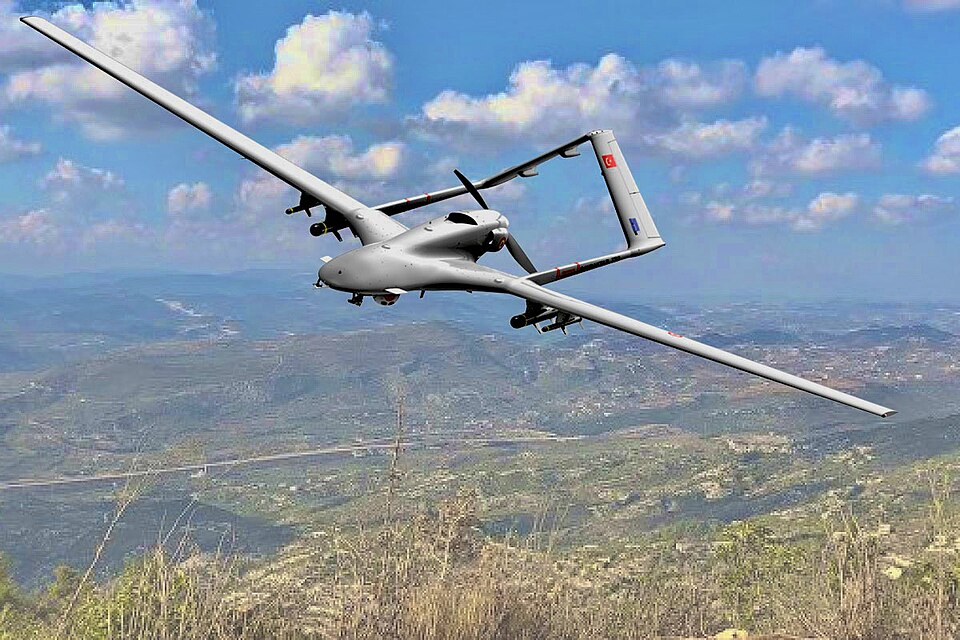
7. Domestic Production and Future Prospects
Ukraine currently has domestic production of TB2s in progress despite serial Russian bombardments of the Kyiv-region factory wherein tens of millions of dollars have been invested.
This domestic production capability cuts dependency on foreign deliveries and allows for rapid replacement of losses. While analysts caution that a series of high-visibility strikes does not necessarily guarantee the TB2’s regular return to frontline strike duty, the platform’s flexibility guarantees it will be a significant part of Ukraine’s unmanned inventory when conditions permit. The Bayraktar TB2’s comeback as a strike asset is less a sentimental retrostep than a strategic risk.
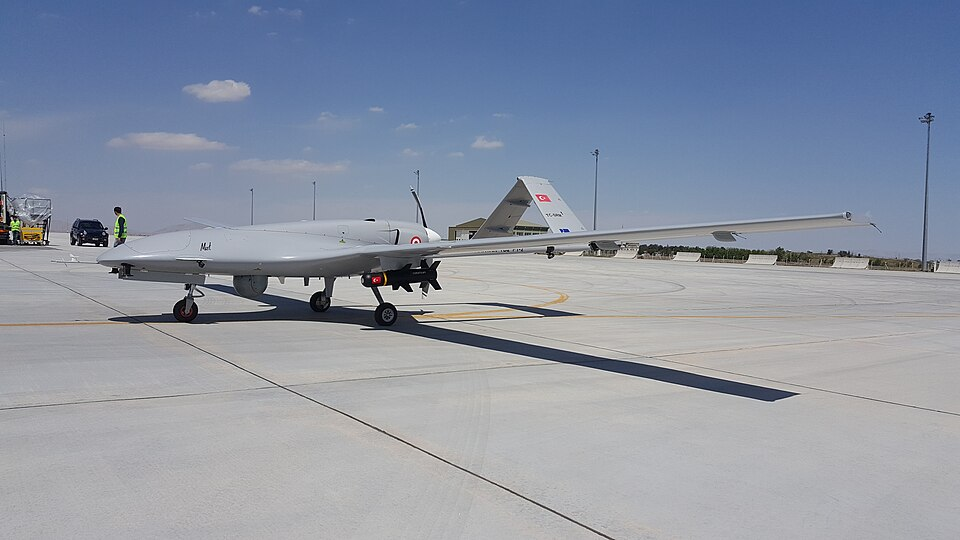
It is rather a conscious leveraging of recently developed vulnerabilities in Russian defences. It’s a testament to Ukraine’s ability to reuse its drones for evolving conditions on the battlefield, cycling platforms through consecutive missions as tactical need requires. In a war where both sides innovate continually, the TB2’s comeback reminder is that in modern conflict, obsolescence will be temporary and opportunity, brief.
